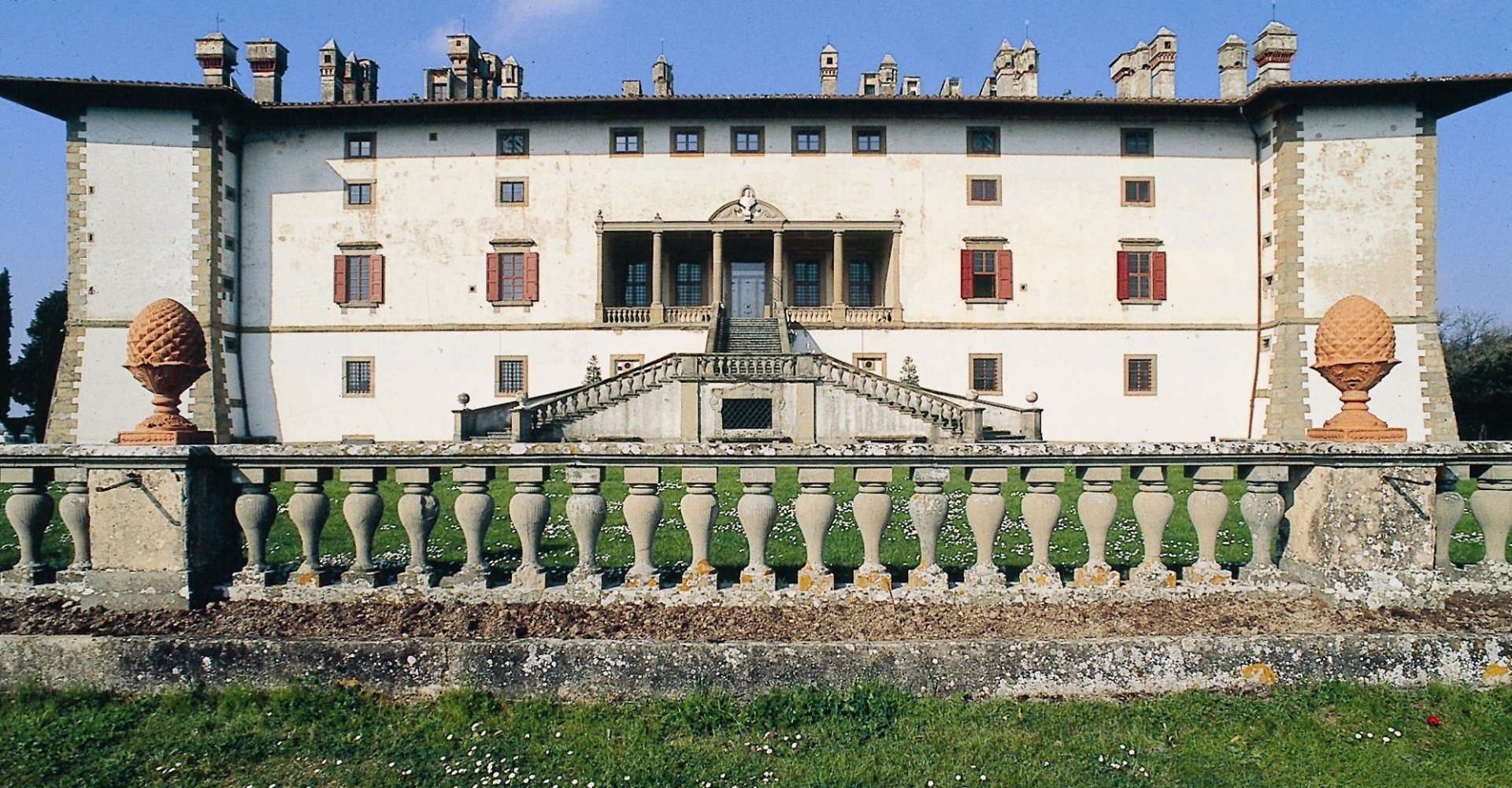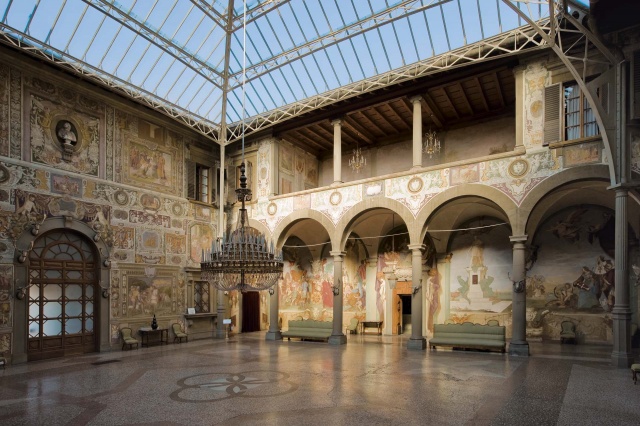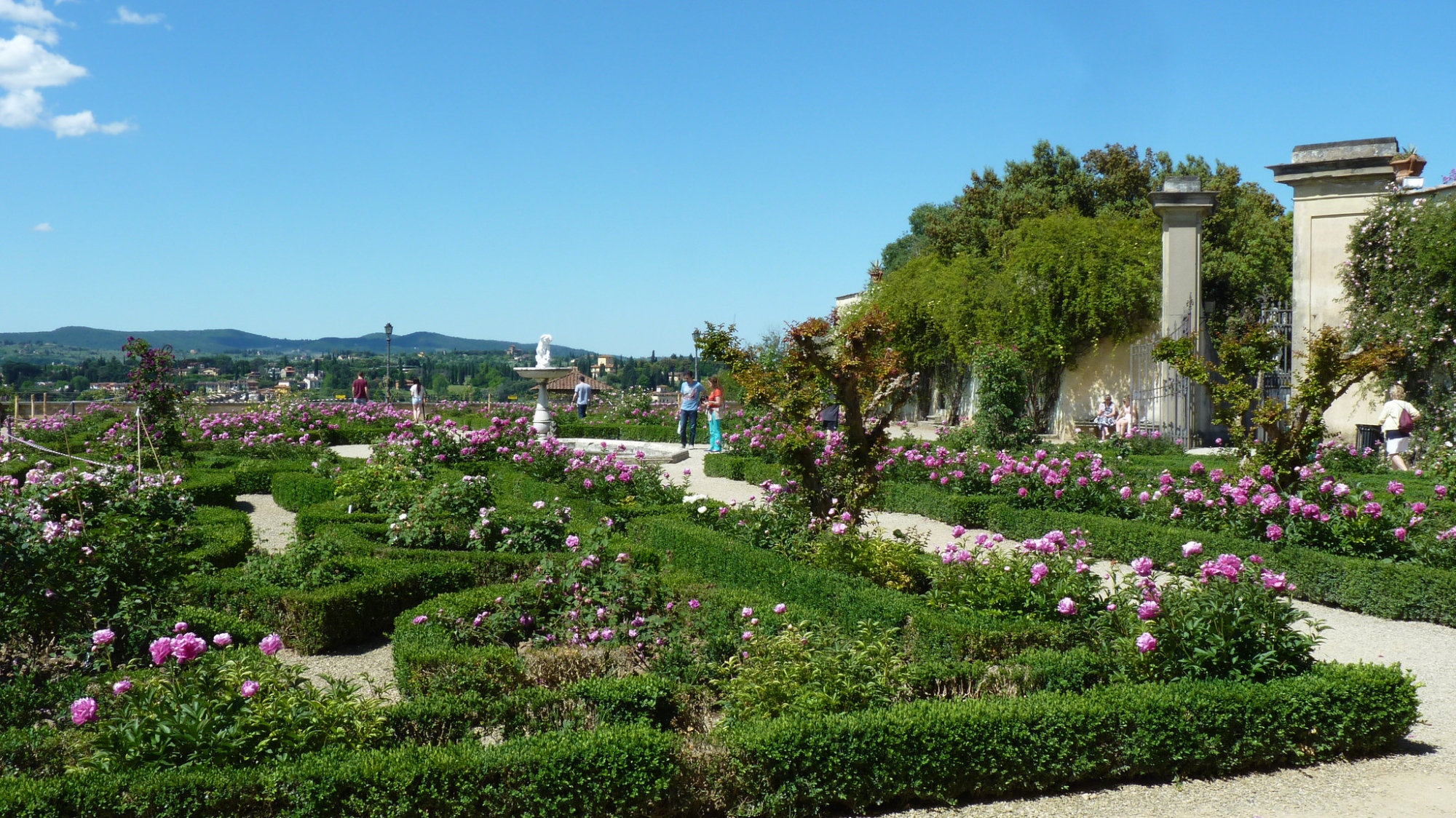
Discovering the Medici Villas: UNESCO sites
Refined architecture with splendid gardens
The history of Tuscany is also the history of the Medici Family: bankers, politicians, royals, popes, patrons of the arts, and champions of the birth of the Italian Renaissance.
Lords of Florence from 1434, then Grand Dukes of Tuscany from 1569, the Medici ruled this territory almost continuously until 1737 and they left some beautiful traces of their passage, like the constellation of the Medici Villas: a network of rural buildings, farms and hunting lodges, used as country palaces by the Medici family members, who used to move from one place to another, according to the seasons and their personal interests. On June 2013, twelve of them were granted World Heritage status by UNESCO.

The Medici Villas are an outstanding expression of the Renaissance and Baroque periods, and all of them have something that will make your visit worthwhile.
The first Medici villas built were Trebbio and Cafaggiolo in the Mugello area, where the Medici family originated. Not far from Fiesole is another Medici Villa, known as Belcanto or the Palagio di Fiesole. It was commissioned by Cosimo il Vecchio and designed by Michelozzo (1458-1461).
Another Medici Villa can be found in Poggio a Caiano. It belonged to Lorenzo il Magnifico, who hosted a series of royals, including Vittorio Emanuele II, there. The architecture is splendid, with a terraced porch on the ground floor and a double staircase which leads to the central loggia, inspired by classical motifs. Today, it houses two museums: one dedicated to the historic apartments and the Museum of Still-Life.
La Ferdinanda, near Comeana, also known as the Villa di Artimino, was commissioned by Ferdinando I de' Medici and designed by Buontalenti towards the end of the sixteenth century.
The Castello Villa Medici, in the town of Castello, is a beautiful Renaissance building restored by Vasari and surrounded by a lovely garden designed by Tribolo. The villa is home to the Accademia della Crusca.
The Petraia Villa Medici is one of the most beautiful buildings in the area. It was built along the designs of Buontalenti in the second half of the sixteenth century, commissioned by Ferdinando I.

On the outskirts of Florence is the Careggi Villa Medici, which was bought by the Medici family in the first half of the fifteenth century and served as a meeting place for highly prestigious intellectuals.
The Medici Villa at Poggio Imperiale is just one kilometre from Porta Romana. Built in 1427, it belonged to the Baroncelli, Pandolfini and Salviati families before passing to the Medici. It was restructured over the years by Giulio Parigi, Gaspare Maria Paoletti and then Pasquale Poccianti. In 1864 King Vittorio Emanuele made it the seat of the Collegio della SS. Annunziata.
The Magia di Quarrata is situated atop a hill on the northern slopes of Montalbano. The estate was bought by Francesco I dei Medici in 1583 and was used as a starting point for hunts in the nearby Barco Reale Mediceo, the Medici reserve around Montalbano.
Florence’s Boboli Gardens, the Medici Gardens in Pratolino, the Villa di Cerreto Guidi and the Palazzo di Seravezza have also been awarded World Heritage status.
More info on Ville e Giardini Medici in Toscana.